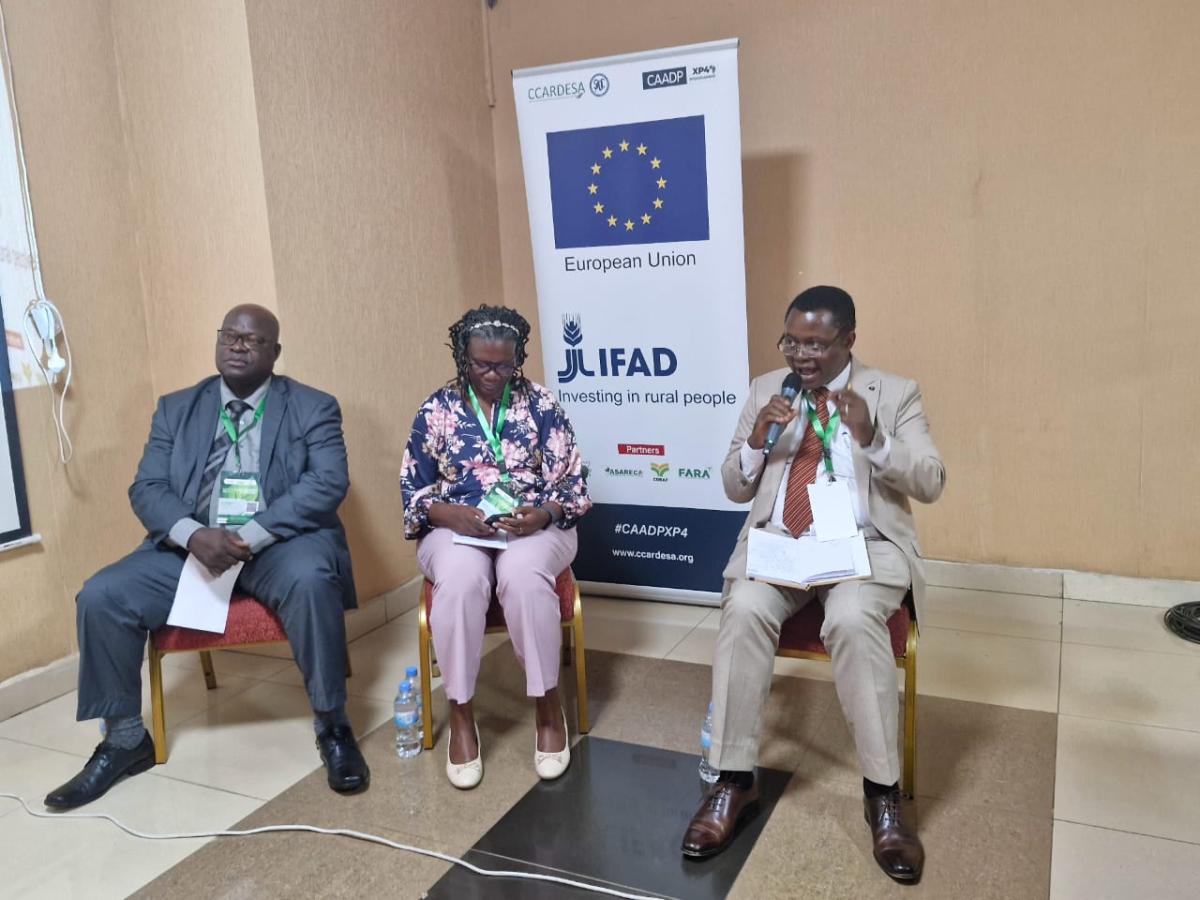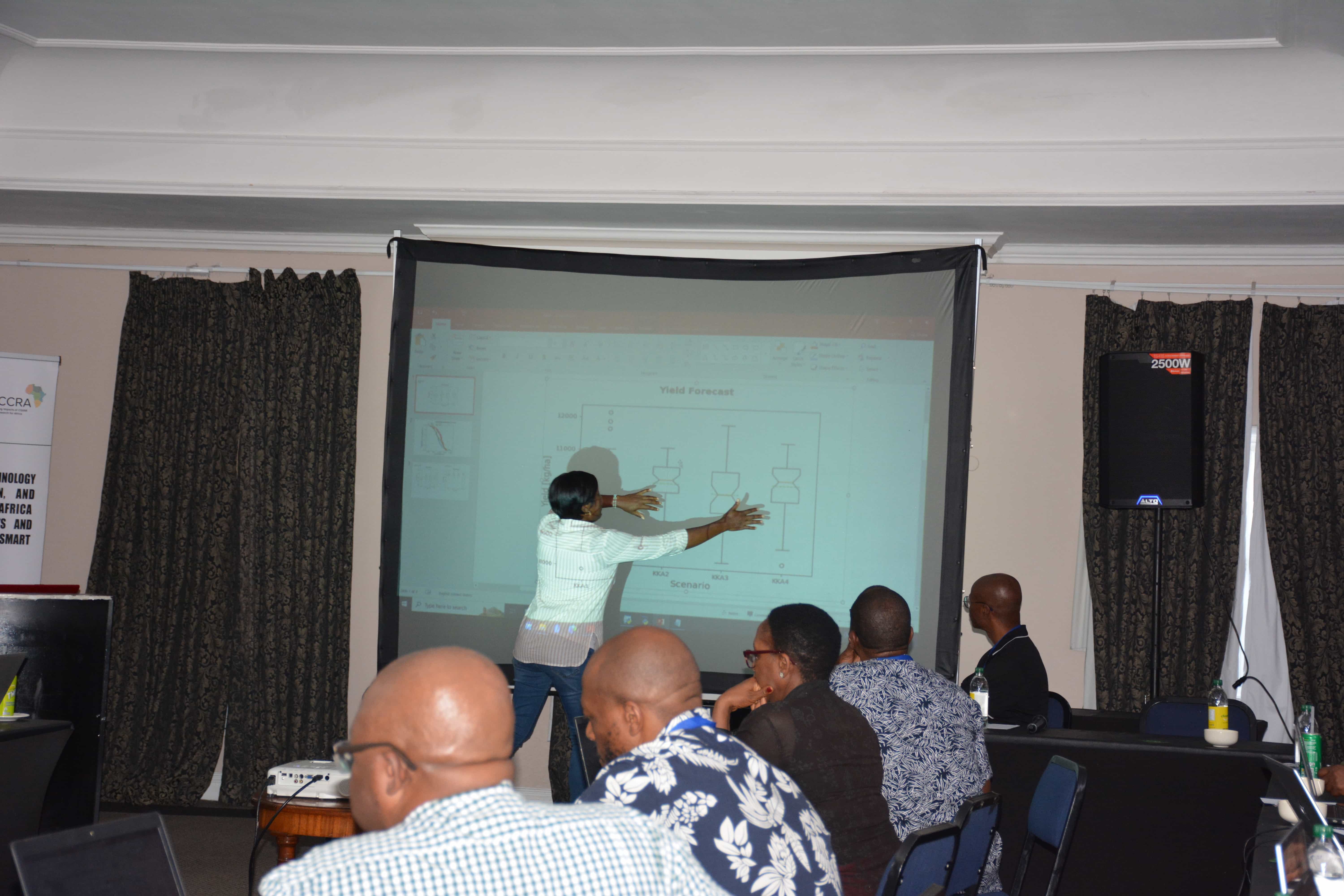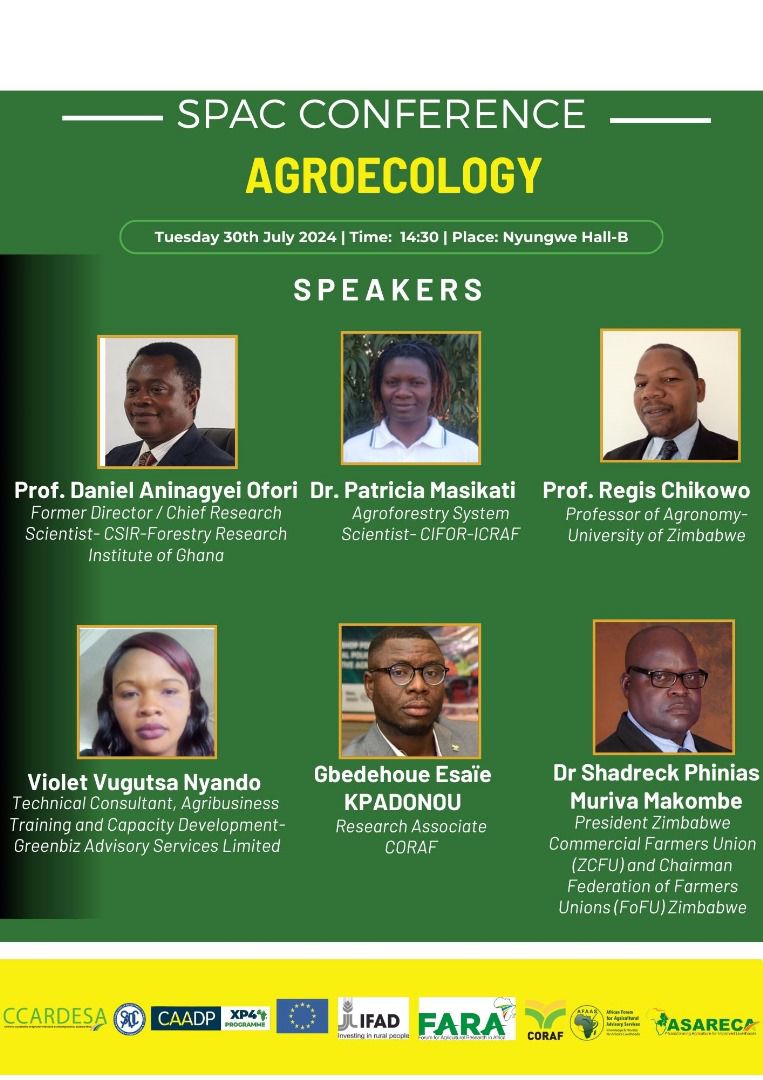Effect of indigenous storage method on performance of taro [Colocasia esculenta (L.) Schott] under field conditions in a warm subtropical area
Successful crop stand establishment, a critical prerequisite for efficient crop production, is primarily determined by propagule quality. Taro [C%casia escu/enta (L.) Schott] corms of different sizes (80-100 g corm-1, 40-60 g corm-1 and 20-30 9 corm-1) that had been stored in soil pits at different depths (10,20,30,40 and 50 cm) were compared for stand establishment, leaf area and yield during two seasons, under rainfed (upland) conditions. Propagule size and pre-planting storage depth increased both the number of plants reaching the third leaf stage and leaf area per plant one month after planting. The large propagules improved stand establishment and yield significantly (P<0.01) better than the smaller propagules. For a” propagule sizes, the optimum storage depth to enhance taro propagule performance for crop production was – 40 cm. When the large propagules were compared with the smaller propagules at the optimum pre-planting storage depth, there was 10% to 30%, no difference and 5% to 35% improvement il’) leaf area, stand establishment and yield, respectively. This study confirmed the potential role of local knowledge in traditional agriculture, and the findings can be used to extend the planting season for dryland taro production in South Africa.
T. MABHAUDHI, A. T. MODI. (2015) DROUGHT TOLERANCE OF SELECTED SOUTH AFRICAN TARO (COLOCASIA ESCULENTA L. SCHOTT) LANDRACES. Experimental Agriculture 51:03, pages 451-466.
Tafadzwanashe Mabhaudhi, Albert T. Modi, Yacob G. Beletse. (2014) Parameterisation and evaluation of the FAO-AquaCrop model for a South African taro (Colocasia esculenta L. Schott) landrace. Agricultural and Forest Meteorology 192-193, pages 132-139.














